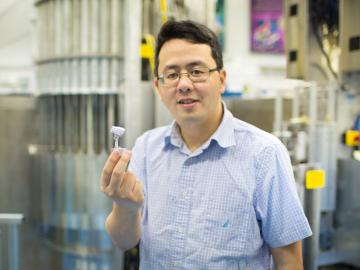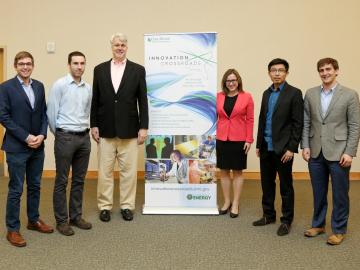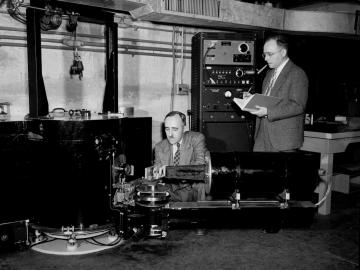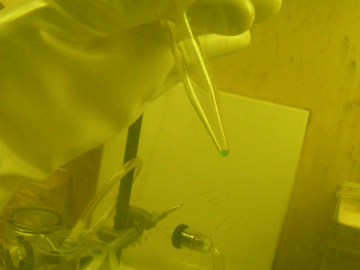
Filter News
Area of Research
- (-) Fossil Energy (2)
- (-) Neutron Science (77)
- Advanced Manufacturing (13)
- Biological Systems (14)
- Biology and Environment (40)
- Biology and Soft Matter (1)
- Building Technologies (3)
- Chemistry and Physics at Interfaces (4)
- Clean Energy (167)
- Climate and Environmental Systems (2)
- Computational Biology (4)
- Computational Engineering (2)
- Computer Science (4)
- Energy Frontier Research Centers (7)
- Energy Sciences (2)
- Fuel Cycle Science and Technology (1)
- Functional Materials for Energy (6)
- Fusion and Fission (17)
- Fusion Energy (2)
- Geographic Information Science and Technology (2)
- Isotope Development and Production (1)
- Isotopes (8)
- Materials (204)
- Materials Characterization (2)
- Materials for Computing (13)
- Materials Synthesis from Atoms to Systems (5)
- Materials Under Extremes (5)
- National Security (24)
- Nuclear Science and Technology (24)
- Nuclear Systems Modeling, Simulation and Validation (1)
- Nuclear Systems Technology (1)
- Quantum Condensed Matter (1)
- Quantum information Science (1)
- Reactor Technology (1)
- Sensors and Controls (1)
- Supercomputing (107)
- Transportation Systems (5)
News Type
News Topics
- 3-D Printing/Advanced Manufacturing (3)
- Artificial Intelligence (1)
- Big Data (1)
- Bioenergy (3)
- Biology (4)
- Biomedical (4)
- Biotechnology (1)
- Climate Change (1)
- Composites (1)
- Computer Science (6)
- Coronavirus (5)
- Cybersecurity (1)
- Decarbonization (1)
- Energy Storage (2)
- Environment (3)
- Frontier (1)
- Fusion (1)
- High-Performance Computing (1)
- Materials (6)
- Materials Science (13)
- Microscopy (1)
- Nanotechnology (6)
- National Security (1)
- Neutron Science (40)
- Nuclear Energy (1)
- Physics (7)
- Quantum Science (4)
- Security (1)
- Space Exploration (1)
- Summit (4)
- Sustainable Energy (2)
- Transportation (2)
Media Contacts

After more than a year of operation at the Department of Energy’s (DOE’s) Oak Ridge National Laboratory (ORNL), the COHERENT experiment, using the world’s smallest neutrino detector, has found a big fingerprint of the elusive, electrically neutral particles that interact only weakly with matter.

Researchers used neutrons to probe a running engine at ORNL’s Spallation Neutron Source


Oak Ridge National Laboratory today welcomed the first cohort of innovators to join Innovation Crossroads, the Southeast region's first entrepreneurial research and development program based at a U.S. Department of Energy national laboratory. Innovation Crossroads, ...






The International Union of Pure and Applied Chemistry (IUPAC) Inorganic Chemistry Division has published a Provisional Recommendation for the names and symbols of the recently discovered superheavy elements 113, 115, 117, and 118.


